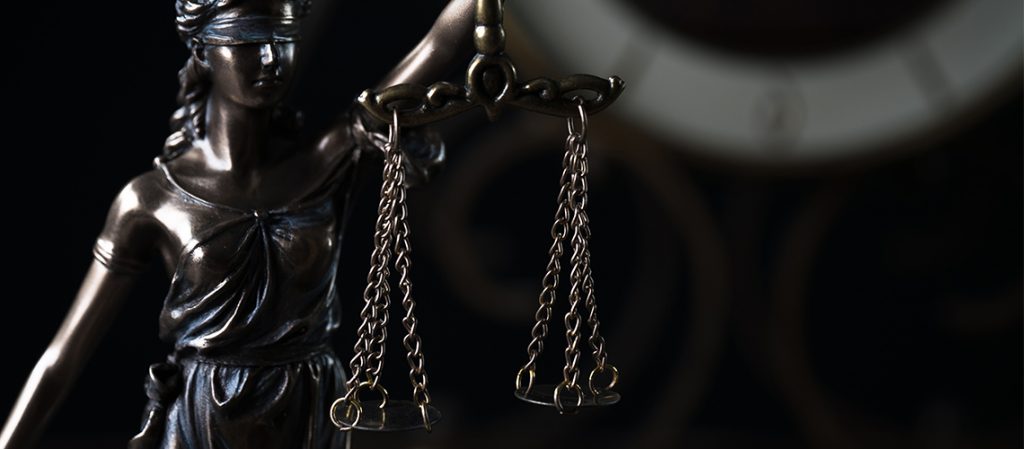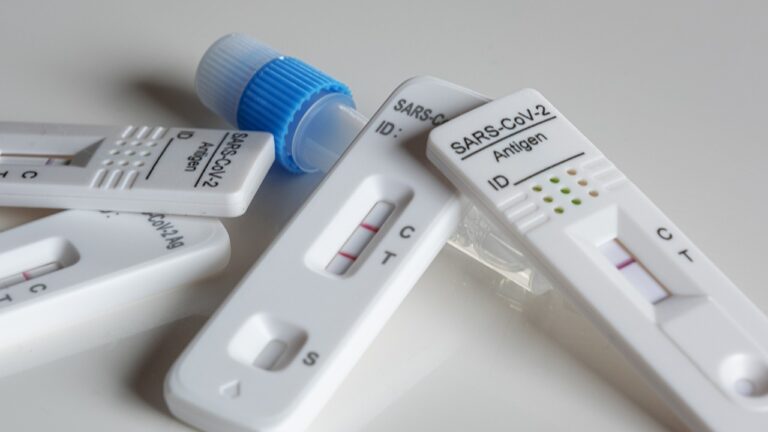Evidence is crucial in any procedure. There are various ways of gathering evidence. This can be done, for example, by a witness examination or an expert examination, but also by discovery, possibly preceded by a seizure of evidence. The starting point is that evidence can be provided by all means. The main rule is that the person who invokes the legal consequence, for example the termination of the contract, bears the burden of proof and must therefore provide the evidence.
A number of years ago, the government decided to simplify the rules of evidence in order to contribute to faster and more efficient proceedings. Last summer, a legislative proposal was submitted to simplify and modernise the law of evidence. In this blog, I will discuss a number of principles from this legislative proposal.
Gathering evidence before the procedure
The current law on evidence offers the possibility of gathering evidence both before and during proceedings. In the new law on evidence, the emphasis will be on the pre-litigation gathering of evidence. In order not to make unreasonable demands and to prevent high costs, a ‘double reasonableness test’ applies: (i) the information that is reasonably available in the preliminary phase of the procedure and (ii) of which it is reasonably foreseeable in the given circumstances that it will be relevant for the assessment by the court, must be submitted during the procedure. The explanatory memorandum to the legislative proposal explains that: “It concerns information that is foreseeably of interest to the parties, in which various factors may play a role, such as the nature and complexity of the dispute, the position of the parties and the stage of the dispute.”
The idea is that after the court procedure, the judge can rule directly or give an instruction for efficient further proceedings.
The court procedure and determining the truth
In the legislative proposal, the judge has an (more) active role during the court proceedings. Within the party debate, the judge can discuss possible arguments for the purpose of establishing the truth. This point in particular has met with much criticism from practitioners. The explanatory memorandum states that the judge may not ‘join in the procedure’ by offering suggestions regarding the facts underlying the claim. The judge may, however, point out certain inconsistencies or ambiguities in the statements and ask questions about them. This is not new and most judges already participate in this manner. It is important that the principle of hearing both sides of the argument is safeguarded.
Provisional evidence
There are several preliminary means of gathering evidence prior to the proceedings. I have already mentioned some of them at the beginning of this blog: the examination of witnesses, the examination of experts and the request for inspection, but also the inspection of the premises are means of collecting evidence. The rules for these preliminary means of evidence will be combined in one chapter of the law. This is intended to ensure that, as far as possible, the rules for all these means are the same and that the same grounds for rejection apply. You will need permission from the court to use preliminary means of evidence. This permission must be sought in an application or, in the event of urgent need, in interim relief proceedings. You can request permission to use more than one form of evidence in a single application.
Test and grounds for rejection
In the light of the determination of the truth, the basic principle is that a request is granted in principle, unless there are grounds for refusal:
- The information requested is insufficiently defined. You have to be specific enough as to which documents you want to obtain, why you want to hear witnesses or appoint an expert and what they have to testify or express themselves about;
- There is insufficient interest in the preliminary provision of evidence. There is a lack of interest if it is not clearly stated what you want to achieve with the preliminary provision of evidence or what potential dispute it is based on. There may also be insufficient interest if another type of evidence is less burdensome;
- The request for a provisional taking of evidence is contrary to the proper rules of procedure. These include premature or tardy requests, but also repeated requests when the circumstances have not changed;
- There is a misuse of power. This is an important safeguard to prevent so-called ‘fishing expeditions’;
- There are other important reasons which oppose the provisional taking of evidence. These may include, for example, a duty of confidentiality.
These grounds for rejection exist side by side and are – logically – also the assessment criteria.
No appeal possible
What is new is that no appeal is possible. Under current law, you can appeal against a rejection by the court of provisional evidence. For the discovery, an appeal is possible according common rules for appeal. In the new law on evidence an appeal is not possible, unless the judge decides otherwise ex officio or on request of a party. This will be essentially different for the discovery in particular. The background is that an appeal would lead to delay in the procedure and (further) escalation. However, it is possible to submit a new application for provisional evidence or to discuss the rejection of the application in the mainproceedings or to make a request for gathering and providing evidence again in such main procedure. It is therefore important to take this into account.
Improved right of discovery
The current right of discovery is laid down in Article 843a of the Civil Procedure Code. In the new law of evidence, the right of inspection is moved to the chapter on preliminary evidence. In addition, the rules would become simpler and therefore clearer. The requirements for a request for discovery in the new law of evidence correspond with the assessment criteria that I have discussed above. The requirements do not deviate much from the current criteria either. For example, there must be: 1) a legal relationship (not new), 2) certain information (was ‘certain documents’, explanation is almost the same, but data would be broader and more modern) and 3) sufficient interest (was legitimate interest, explanation is the same, but sufficient interest is more in line with the law). In principle, you are obliged to provide the requested information, unless the right to refuse to give evidence (´verschoningsrecht´) can be invoked or there are weighty reasons, for example confidentiality.
Seizure of evidence and report of findings in the law
The seizure of evidence is a frequently used means of obtaining evidence that you yourself do not possess. In intellectual property cases, this seizure of evidence was already laid down by law (1019a Rv et seq.). For other cases, this was not the case. In 2013, the Supreme Court ruled that a seizure of evidence can also be made in other cases. This will now be laid down in law.
In addition, the law includes the possibility for the bailiff to record his findings with regard to a certain (factual) situation, place or circumstance in an official report. This was already possible in intellectual property cases and has proven to be a useful tool in practice. It is nice that this means of proof is also added for other cases.
The legislative proposal has had a long run-up. It is not yet clear when the new law of evidence will enter into force. In any case, we will keep you informed on this blog.




